Sodium cyanide (NaCN) is an inorganic compound that has attracted much attention for its unique properties and applications, especially in the mining and chemical industries. This colorless crystalline substance, which resembles sugar in appearance, is very soluble in water and is known for its strong toxicity. In contrast, Sodium Chloride (NaCl), commonly known as table salt, is a non-toxic compound that plays a vital role in a variety of biological and industrial processes. This article takes a closer look at the pH of Sodium Cyanide, how it differs from sodium chloride, and the implications of its use.
Chemical properties and pH value
Sodium cyanide is alkaline. When dissolved in water, it undergoes hydrolysis to form hydroxide ions (OH⁻) and cyanide ions (CN⁻). The pH of a sodium cyanide solution varies depending on the concentration of NaCN in it. Generally, sodium cyanide solutions have a pH greater than 7. indicating that they are alkaline. This property is critical in a variety of applications, especially in processes that require a specific pH range for optimal performance.
In contrast, sodium chloride is neutral, with a pH close to 7 when dissolved in water. This fundamental difference in pH is one of the key factors that differentiate sodium cyanide from sodium chloride, affecting their respective uses and safety.
Application of Sodium Cyanide
Sodium cyanide is primarily known for its role in Gold Mining, where it is used to extract gold from ores during the cyanidation process. The compound forms a complex with gold, thereby separating it from other minerals. This method is very effective and has been widely adopted in the mining industry. In addition to gold extraction, sodium cyanide is also used in silver extraction and various Electroplating processes, where it acts as a source of cyanide ions, facilitating the deposition of metals on surfaces.
In addition to mining applications, sodium cyanide is used in Organic Synthesis and pharmaceutical production. It is a key reagent in the manufacture of organic nitrile compounds, which are essential for the production of various chemicals and materials. In addition, sodium cyanide is used as a reagent in analytical chemistry to detect certain metal ions.
Despite its wide range of uses, sodium cyanide poses significant risks due to its high toxicity. The compound is odorless, but when hydrolyzed it releases small amounts of Hydrogen Cyanide (HCN), a highly toxic gas with an odor similar to bitter almonds. This property makes sodium cyanide particularly dangerous, as exposure to it can lead to severe health consequences, including respiratory failure and death.
Safety Issues and Toxicity
The toxicity of sodium cyanide cannot be underestimated. It is classified as a highly hazardous substance and can cause death even in small amounts. The compound can enter the body through inhalation, ingestion or skin contact, causing rapid onset of symptoms such as headaches, dizziness, mental confusion, and in severe cases, even loss of consciousness and death. It is estimated that the lethal dose of sodium cyanide for an adult is about 200-300 mg, making it one of the most dangerous chemicals in use today.
Due to its hazardous nature, there are strict regulations regarding the handling, storage and disposal of sodium cyanide. Industries that use this compound must implement comprehensive safety protocols to protect workers and the environment. This includes the use of personal protective equipment (PPE), proper ventilation systems and emergency response plans in the event of accidental exposure or spills.
Comparison with Sodium Chloride
Sodium chloride, on the other hand, is a benign compound that is essential to human health and industrial processes. It is commonly used as a food flavoring and preservative and plays a vital role in maintaining electrolyte balance in the body. In industrial applications, sodium chloride is used in the production of chlorine and caustic soda, as well as in water treatment processes.
The stark contrast between sodium cyanide and sodium chloride highlights the importance of understanding chemistry and its impact on safety and health. Sodium chloride is safe to consume and has a variety of beneficial uses, while sodium cyanide presents significant risks and requires careful management and regulation.
in conclusion
Sodium cyanide is a powerful and versatile compound with important applications in gold mining, organic synthesis, and electroplating. However, its high toxicity and potential hazards require strict safety measures and regulations. Understanding the pH and chemistry of sodium cyanide, as well as how it differs from sodium chloride, is essential for anyone working with or studying these compounds. As industries continue to rely on sodium cyanide for a variety of applications, continued research and safety advancements are essential to mitigating the risks associated with this hazardous substance.
In summary, while sodium cyanide plays an important role in a variety of industrial processes, its hazards cannot be ignored. Awareness and education about its properties, uses, and safety measures are essential to ensure the health of individuals and the environment.
- Random Content
- Hot content
- Hot review content
- Anionic/Cationic Polyacrylamide Flocculant PAM
- Flexible Customer and Supplier Relations Specialist:Location: Laos
- Ammonium Chloride 99.5% Mining Collector
- Cyanoacetic acid 99% Powder
- Food Grade Heavy Light Precipitated Calcium Carbonate Powder Granular 99%
- Feed Grade 98.0% Calcium Formate
- Cobalt Sulphate Heptahydrate
- 1Discounted Sodium Cyanide (CAS: 143-33-9) for Mining - High Quality & Competitive Pricing
- 2China's New Regulations on Sodium Cyanide Exports and Guidance for International Buyers
- 3Sodium Cyanide 98% CAS 143-33-9 gold dressing agent Essential for Mining and Chemical Industries
- 4International Cyanide(Sodium cyanide) Management Code - Gold Mine Acceptance Standards
- 5China factory Sulfuric Acid 98%
- 6Anhydrous Oxalic acid 99.6% Industrial Grade
- 7Oxalic acid for mining 99.6%
- 1Sodium Cyanide 98% CAS 143-33-9 gold dressing agent Essential for Mining and Chemical Industries
- 2High Quality 99% Purity of Cyanuric chloride ISO 9001:2005 REACH Verified Producer
- 3Zinc chloride ZnCl2 for High Molecular Weight Polymers Initiator
- 4High Purity · Stable Performance · Higher Recovery — sodium cyanide for modern gold leaching
- 5High Quality Sodium Ferrocyanide / Sodium Hexacyanoferr
- 6Gold Ore Dressing Agent Safe Gold Extracting Agent Replace Sodium Cyanide
- 7Sodium Cyanide 98%+ CAS 143-33-9

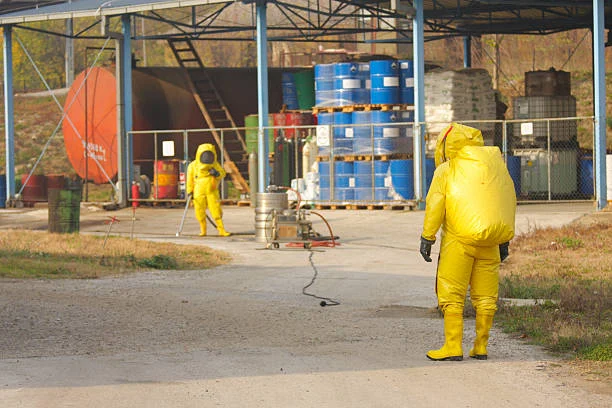
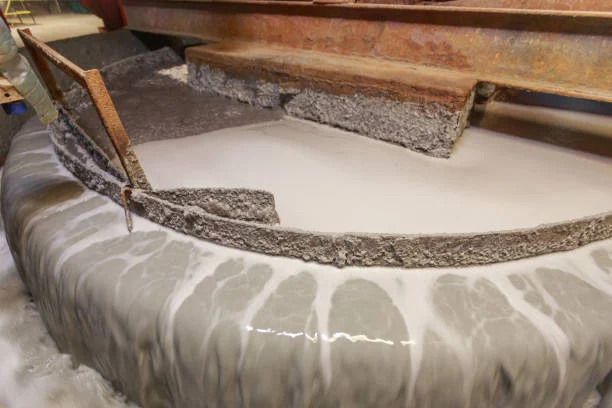
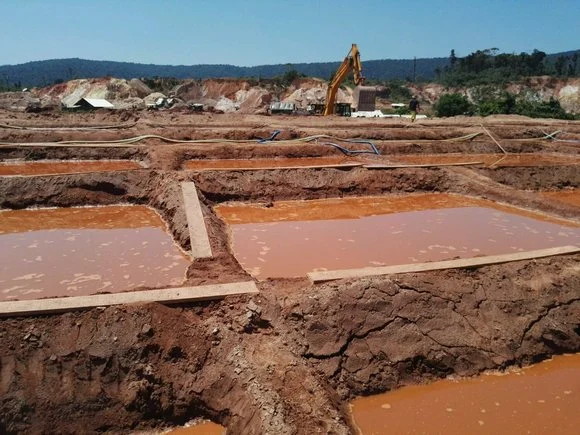


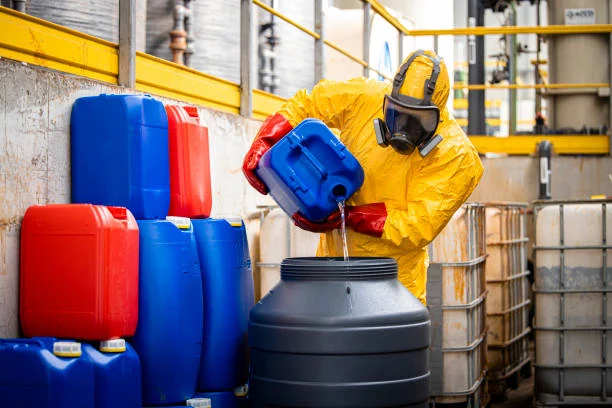
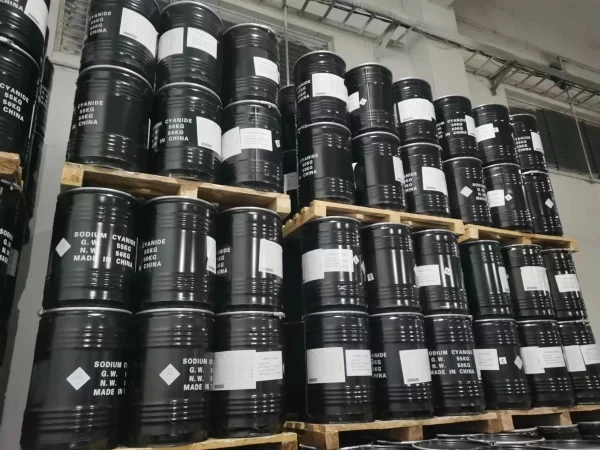



Online message consultation
Add comment: